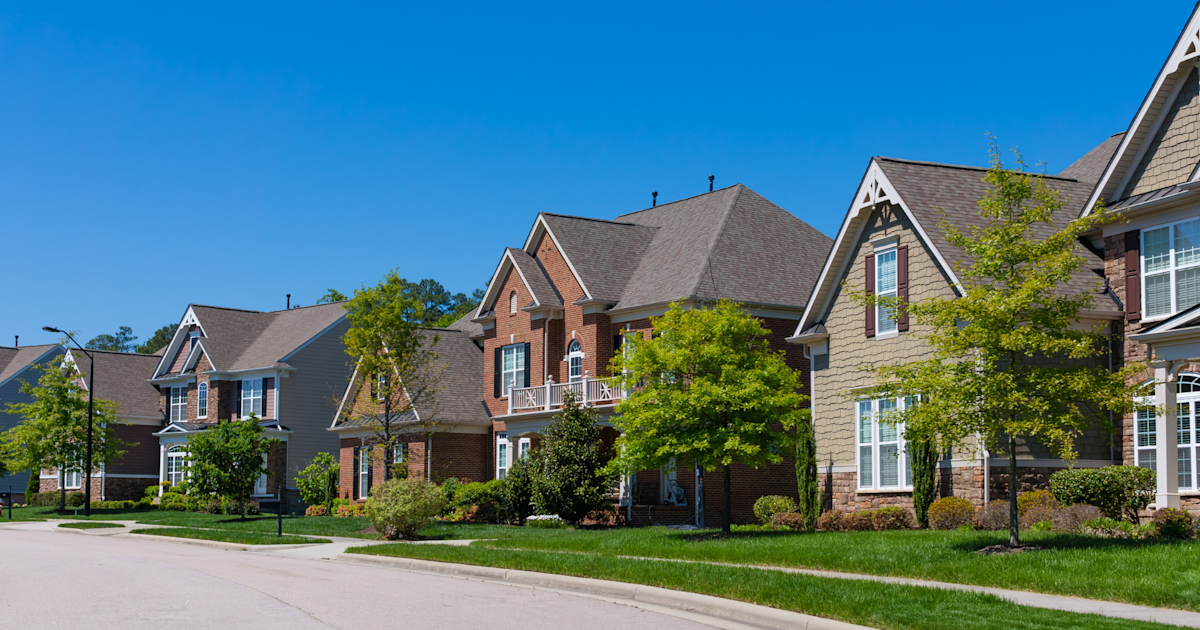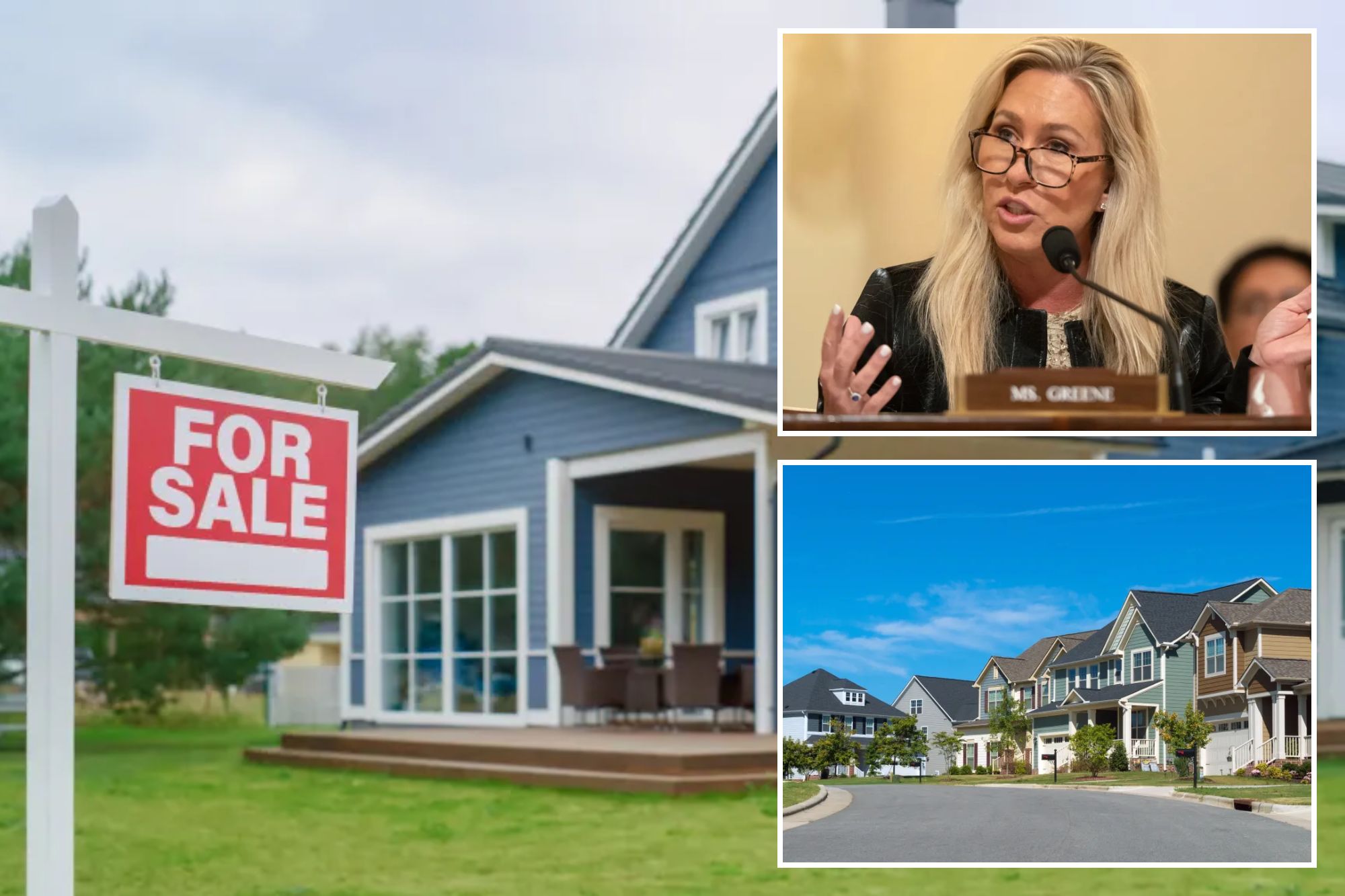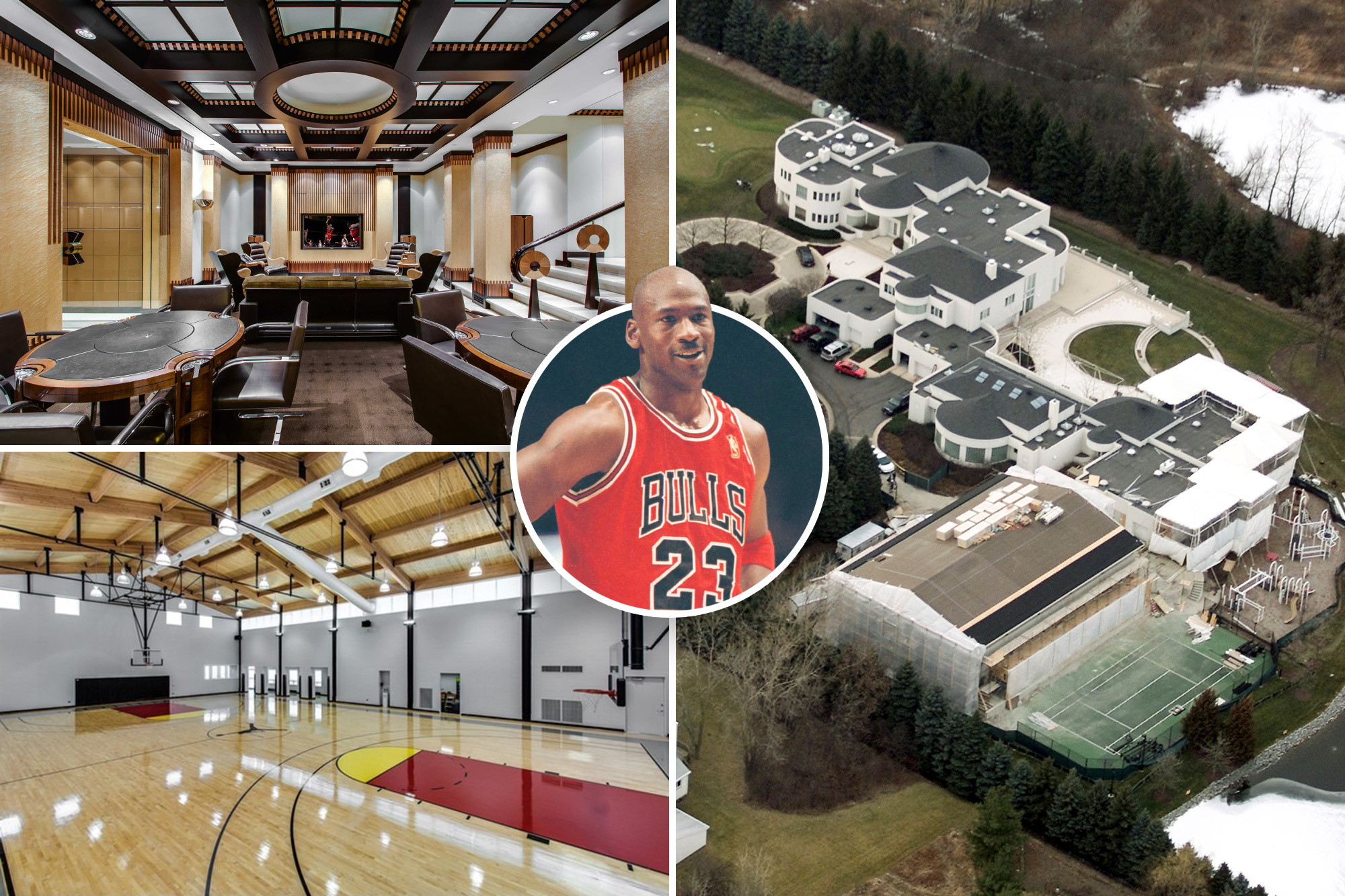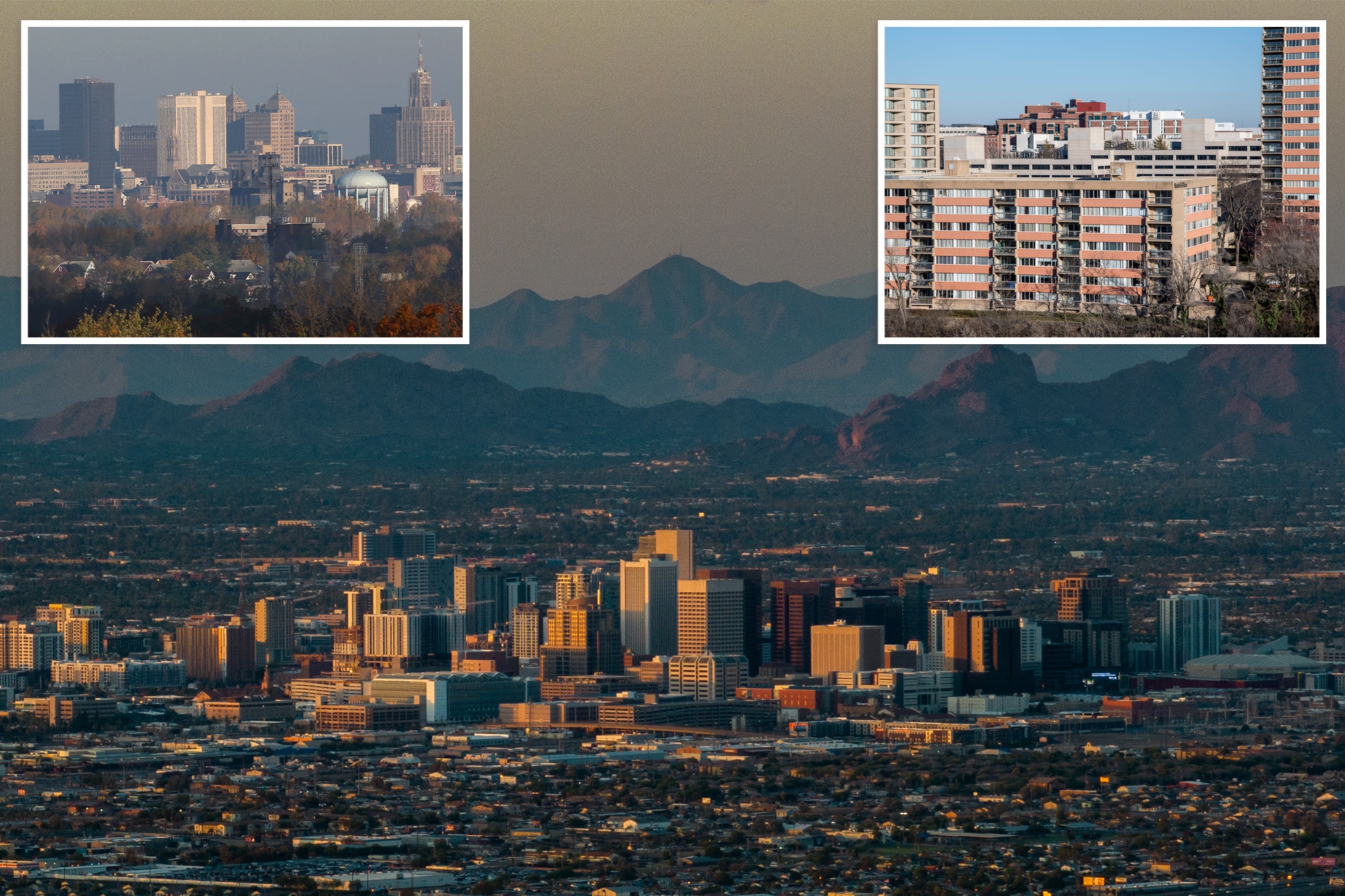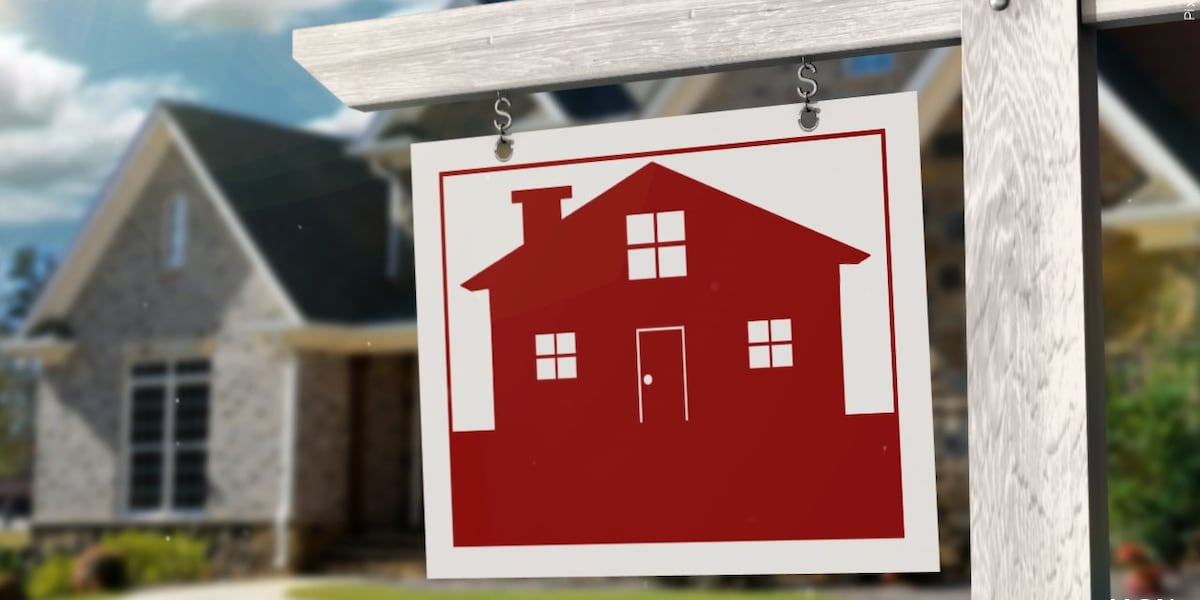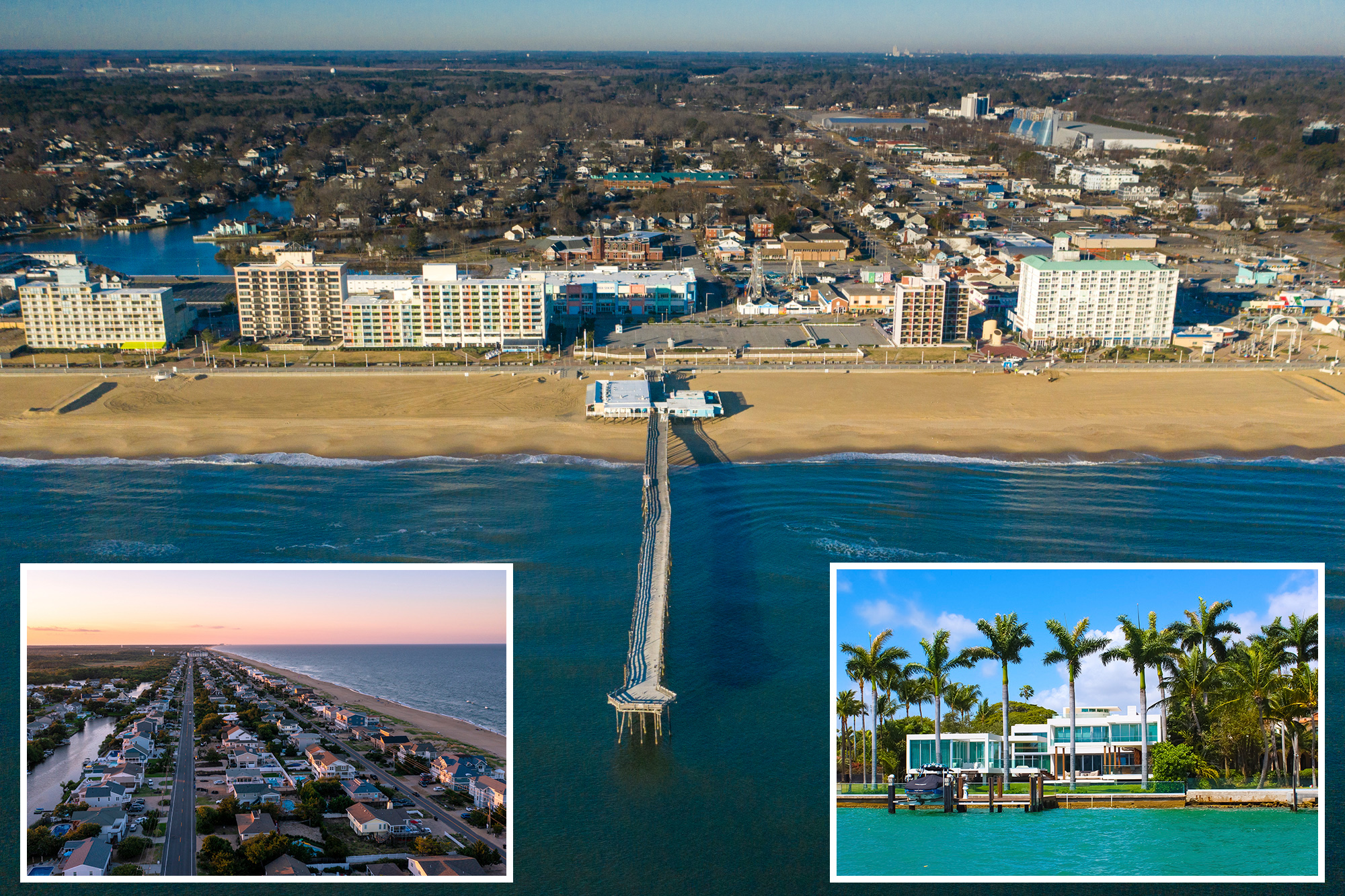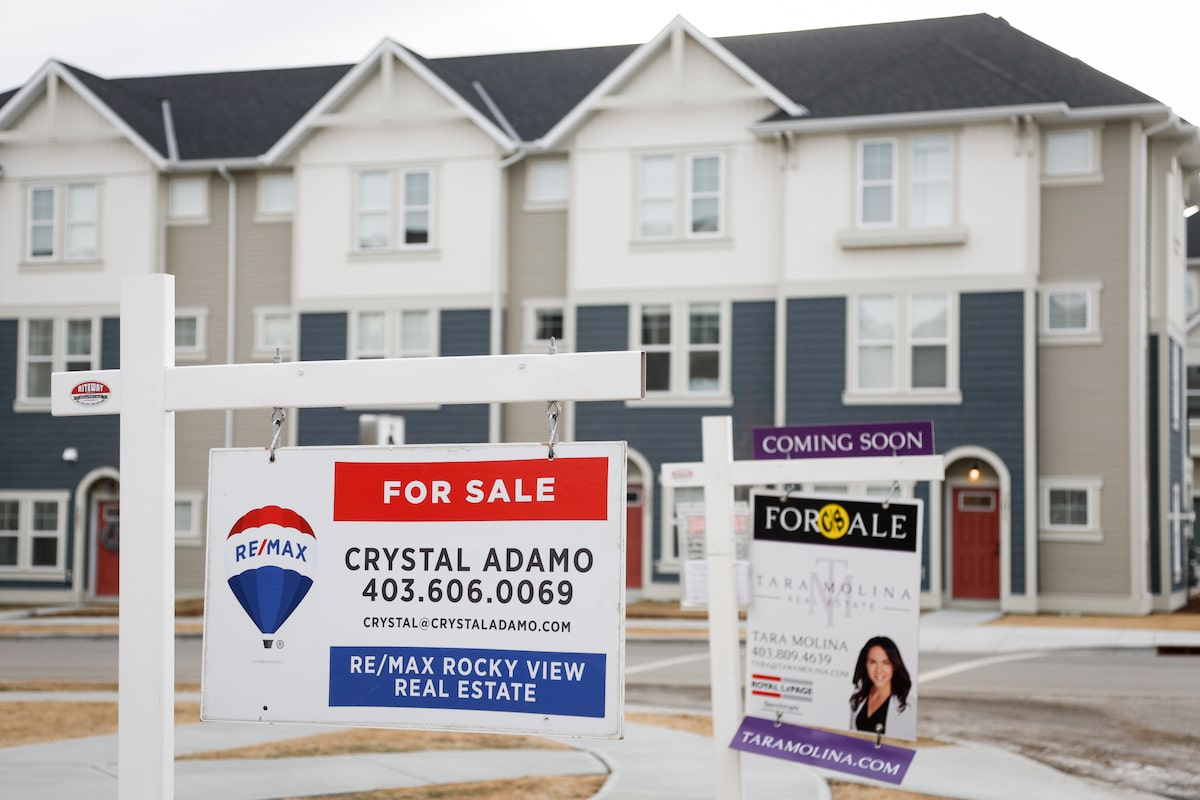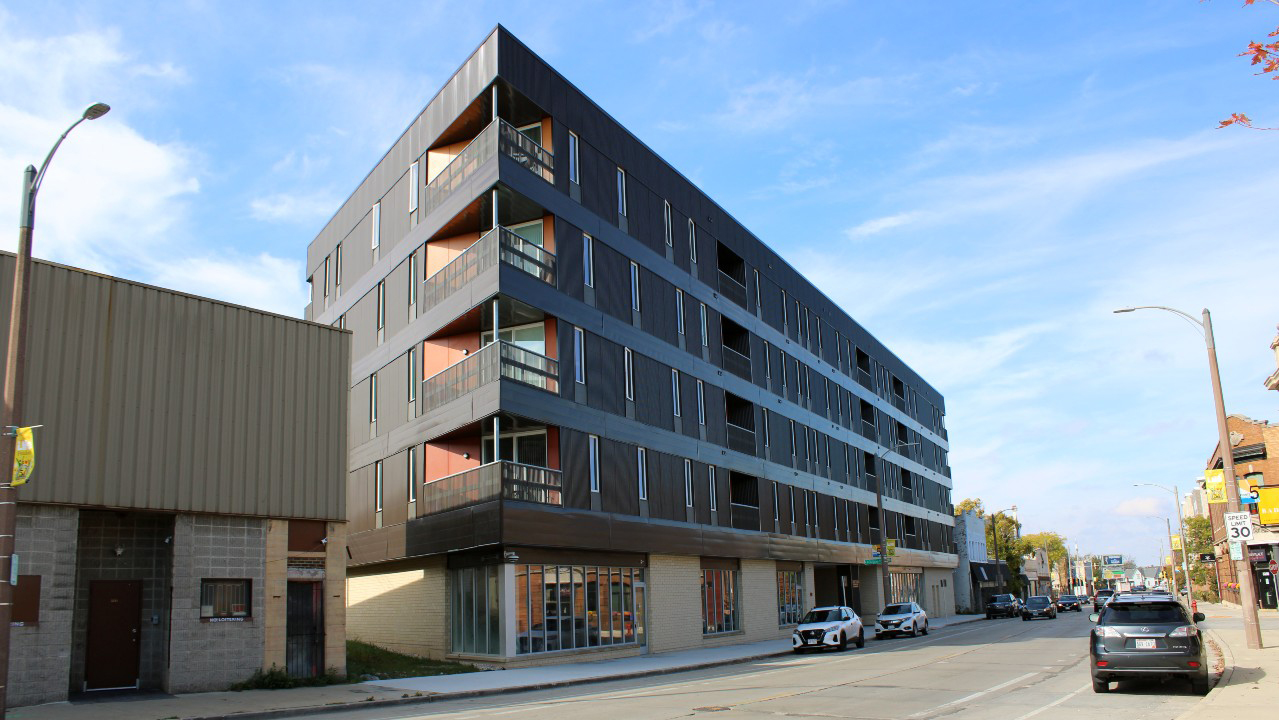T
he housing market's shift is causing a widening gap between seller asks and buyer offers. Despite recent data indicating the market is becoming more balanced, home sellers have been slow to adapt, often pricing their homes higher than buyers are willing to pay. A new report from Redfin found that the difference between list prices and sale prices has increased since January, reaching nearly $40,000 in March – the widest gap since 2020.
The median ask price last month was $469,729, while the median sale price was $431,057, a 9% difference. This disparity is evident across the country, with some cities experiencing significant price gaps. In Florida, where home prices have cooled this year, nearly half of the 42 U.S. metros with year-over-year price declines in February were located.
Sellers may be pricing too high due to their focus on old data. Home sale prices were up 4.8% in the last three months of 2024 and into January but have since fallen as buyer demand has waned. Redfin agents advise sellers to fairly price their homes, warning that overpricing can lead to no activity.
A March survey by Realtor.com found that 81% of potential sellers expect to get their asking price or more when they list their home. However, Zillow's latest housing report revealed that 23% of listings received a price cut in March – the highest share on record for any March since 2018. If the market remains on its current trajectory, sellers may need to price lower than they'd like or be willing to reduce prices later if buyers aren't biting.
Among the 50 metros analyzed by Redfin, two of the top five cities with the largest price gaps were in Florida: West Palm Beach and Jacksonville. Other cities with significant price gaps include Pittsburgh, Cincinnati, and Atlanta.
